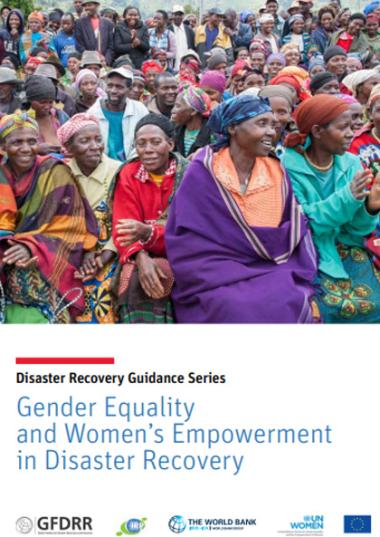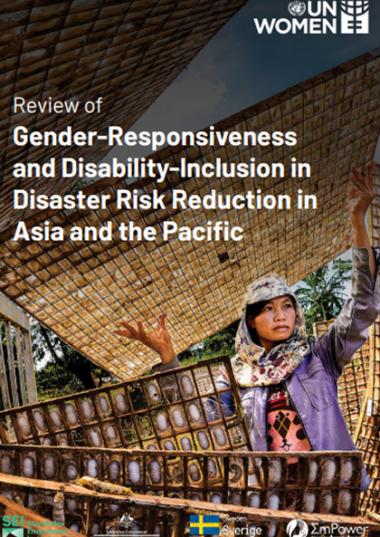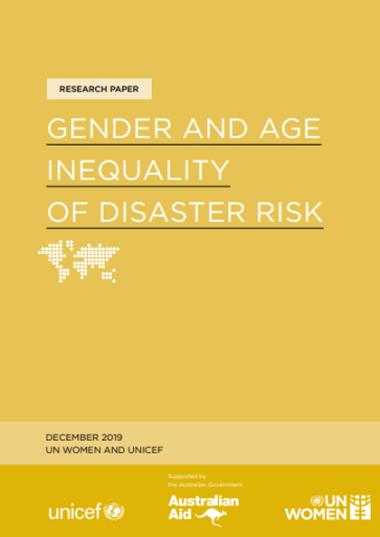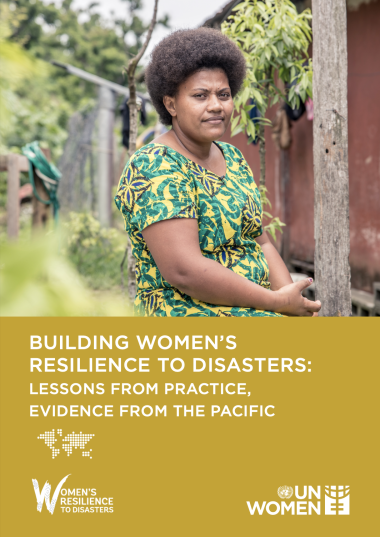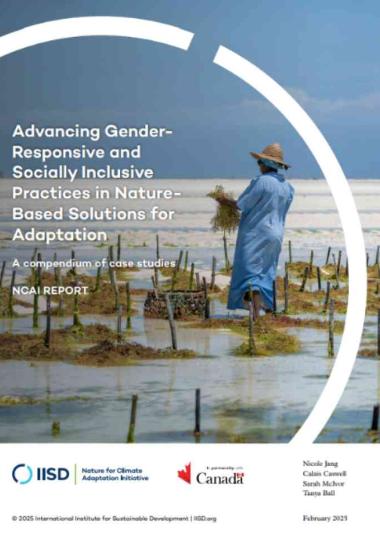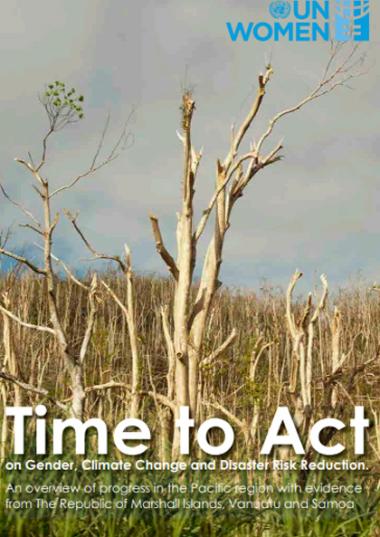
Although climate change and poverty are increasingly recognised as interlinked global problems, responses from governments and development agencies often focus on their scientific and economic dimensions only. This guide highlights the advantages and challenges of pursuing climate compatible development from a gender perspective. International frameworks are gradually reflecting gender issues better, but all too often wording about gender is simply added to existing policies, while women’s views, needs and participation are – in reality – excluded from climate change responses and development initiatives. Moreover, women are frequently perceived as victims, with little consideration for the contribution and leadership they could provide in mitigating and adapting to climate change.
This guide summarises the findings and recommendations of a study on the benefits and challenges of pursuing climate compatible development from a gender perspective. The research looked at four main questions, using case studies from Peru, India and Kenya.
- What does a ‘gender-sensitive' approach to climate compatible development mean in different urban contexts?
- What evidence is there that gender-sensitive approaches to climate compatible development can promote and achieve people’s empowerment?
- What socio-economic, political and cultural factors constrain or favour gender-sensitive approaches to climate compatible development?
- Does a gender-sensitive approach enable better climate compatible development outcomes and if so, in what way?
All three case studies have climate-related disaster risk management and climate change adaptation goals. As most research into gender and climate change so far has been carried out in rural contexts, this study has put special emphasis on urban settings.
